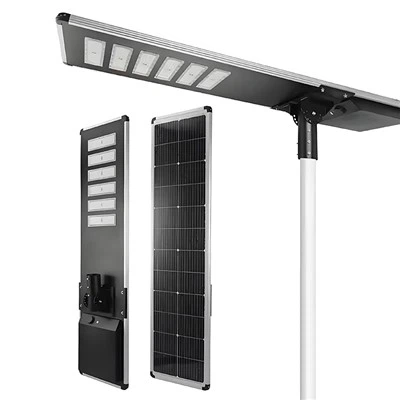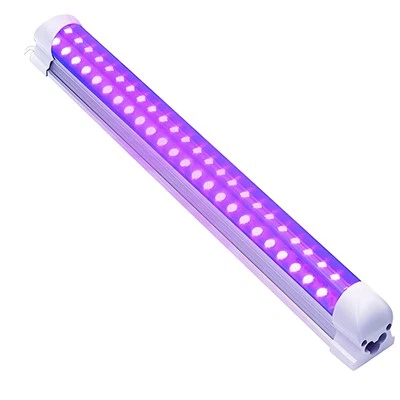What are LED and halogen light bulbs?
Both LED (Light Emitting Diode) and halogen light bulbs are forms of lighting technology used for outdoor, commercial, and residential illumination, among other uses.
LED lights are made of semiconductor chips that create light when an electric current flows through them, whereas halogen lamps have a tungsten filament encased in a tiny quartz envelope filled with halogen gas.
The Distinctions Between Halogen and LED Lighting
The main differences between halogen and LED (light-emitting diode) lights will be discussed in this section.
Readers may choose between LED and halogen lighting alternatives for a variety of applications by being aware of these distinctions.
Use of Energy
Because of their different methods of producing light, LED lights use a lot less energy than halogen lights.
Because of its less effective filament-based technology, halogen lights generate more heat than light, whereas LEDs convert a larger percentage of electrical energy into visible light.
The U.S. Department of Energy claims that LED bulbs can save up to 80% on energy use when compared to conventional halogen incandescent lamps.
They are therefore a more environmentally friendly option for lighting applications.
Wattage LED lights may produce lighting at levels that are equal to or greater than halogen lamps, although they usually have lower wattage ratings.
This is due to the fact that LEDs utilize less energy and function at lower temperatures to create light.
The effectiveness of LED technology in terms of watts is demonstrated by the fact that a 10-watt LED bulb can produce the same level of brightness as a 60-watt halogen light.
LED lights often last up to 25 times longer than halogen lights, which is a significant difference in longevity.
This is mostly because LED lights don't have a delicate filament as halogen lamps do, which can break or deteriorate with time.
LED light bulbs may operate for tens of thousands of hours, which lowers the need for frequent bulb replacements and the related maintenance expenses.
Emission of Heat
When in use, halogen lamps generate a lot of heat, but LED bulbs generate virtually little.
This is due to the fact that LEDs produce light via a process known as electroluminescence, which directly transforms electrical energy into light without producing extra heat.
Halogen lamps, on the other hand, generate light by resistively heating a tungsten filament.
As a result, a significant amount of electrical energy is transformed into thermal energy.
Control of Brightness
Whereas halogen lamps need special dimmer switches to dim, LED lights are naturally dimmable, enabling users to change the brightness level to suit their tastes.
This is due to LEDs' smooth and effective dimming capabilities, which allow them to change the amount of light they emit by varying the current flowing through them.
Conversely, when halogen lamps are used with mismatched dimmer switches, they may flicker or perform less well when dimmed.
Halogen vs. LED Brightness
This section explores the relative brightness features of LED and halogen lights, looking at things like consistency, color rendering, light dispersion, and luminous effectiveness.
You may learn more about each of these lighting systems' performance traits and appropriateness for various lighting situations by addressing the variations in brightness between them.
Luminous Effectiveness
Compared to halogen lights, LED lights have a better luminous effectiveness, which means that they emit more lumens of light per watt of energy used.
This is explained by LED technology's exceptional ability to transform electrical energy into visible light.
Halogen lights have an efficiency of 10 to 35 lumens per watt, but LED luminaires often attain 70 to 120 lumens per watt, according to the Illuminating Engineering Society (IES).
Distribution of Light
While halogen lights release light in all directions, LED lights frequently have a more directed light distribution, giving the user more control over the direction and concentration of the light beam.
For applications like spotlighting or accent lighting, where precise illumination of particular regions is necessary, LED lighting's directional nature is beneficial.
Color Rendering LED lights are generally more accurate and vibrant in terms of color since they have a higher Color Rendering Index (CRI) than halogen lights.
Higher CRI values indicate greater color rendering capabilities. The CRI compares a light source's color rendering accuracy to that of natural sunshine.
For settings like art galleries, shop displays, and photography studios where color accuracy is crucial, LED lights with high CRI values (>90) are recommended.







